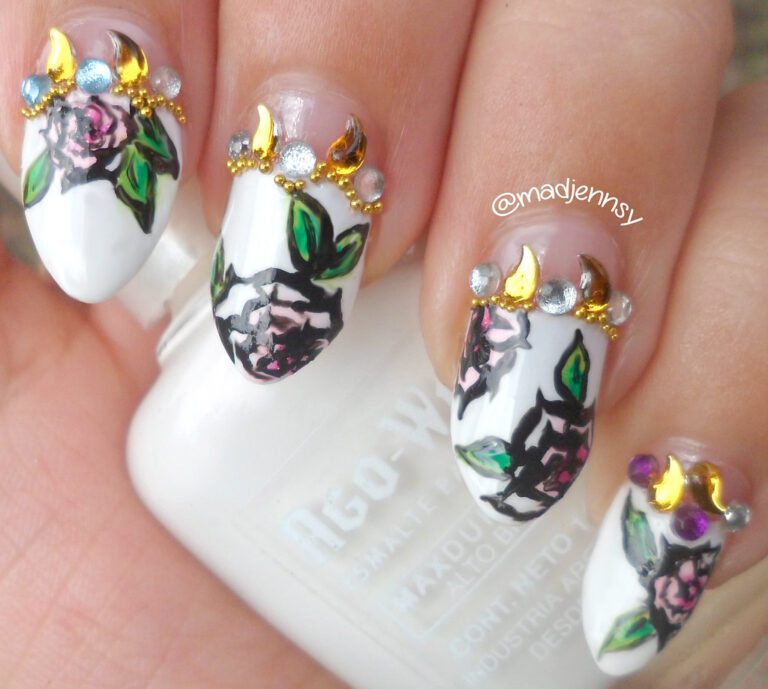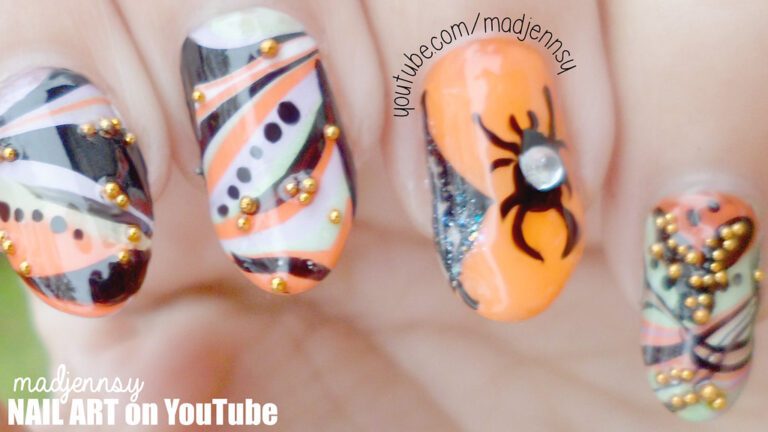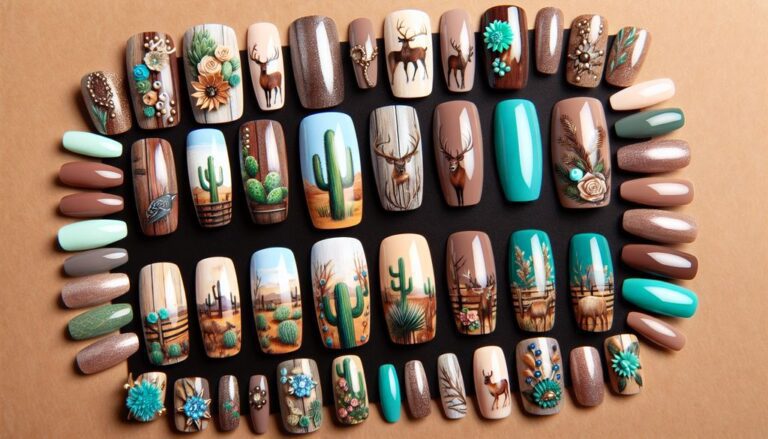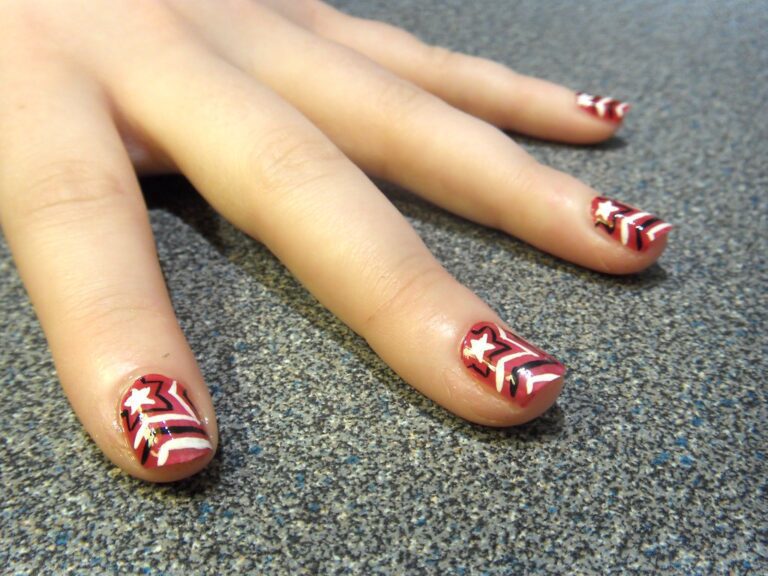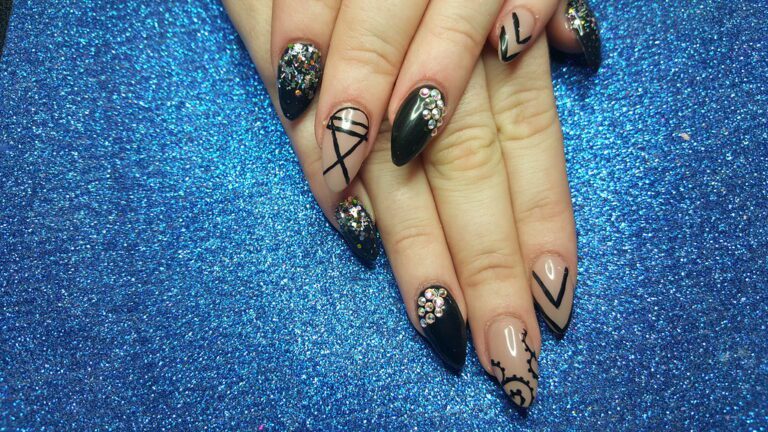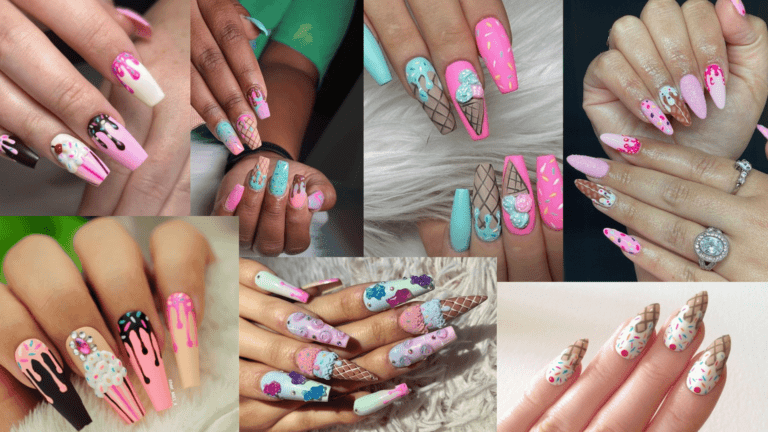“Post-Acrylic Life: How Nails Look After Acrylics”
In the world of nail care, the aftermath of acrylic nails is a topic of great interest. Understanding how nails look and feel after acrylics is an essential part of the recovery process. This article aims to explore the science behind nail recovery, immediate care post-acrylic removal, long-term rehabilitation strategies, navigating the emotional impact of nail recovery, professional treatments, and the do’s and don’ts of post-acrylic nail care.
Key Takeaways
- Hydration and moisturization are crucial for post-acrylic nail recovery.
- Strengthening natural nails through proper care and maintenance is essential.
- Embracing the aesthetic transition and building a positive nail care routine is vital for emotional well-being.
- Seeking professional treatments when necessary can significantly aid in nail recovery.
- Practicing best nail maintenance practices while avoiding common mistakes is key to post-acrylic nail care.
Understanding the Aftermath of Acrylic Nails

The Science Behind Nail Recovery
After the removal of acrylic nails, the natural nail underneath often appears weak and brittle. This is due to the keratin layers of the nail being compromised during the application and removal process. Acrylics can cause thinning of the natural nail, making it more susceptible to breakage and peeling.
Nail recovery is a gradual process that involves the regrowth and restoration of the nail’s structure. The body’s natural healing mechanisms kick in to replenish the keratin, but this takes time. Here’s a general timeline for nail recovery:
- 0-2 weeks: Nails may be most sensitive and prone to damage.
- 2-4 weeks: Initial signs of new growth at the nail base.
- 1-3 months: Noticeable improvement in nail strength and integrity.
- 3-6 months: Full recovery for most individuals.
Tip: To aid in recovery, avoid harsh chemicals and excessive water exposure, which can further weaken the nails.
It’s important to be patient and gentle with your nails during this period. Regular application of nourishing oils can help to plasticize the nail plate, making it more flexible and less prone to splitting. Remember, each person’s nails recover at a different rate, so listen to your body and adjust your care routine accordingly.
Common Post-Acrylic Nail Conditions
After the removal of acrylic nails, it’s not uncommon to encounter a variety of nail conditions that require attention. One of the most noticeable issues is the presence of indentations on the nail surface, often a result of the pressure and filing during the acrylic application process. These indentations can be a sign that your nails need time to recover their natural shape and strength.
Another condition to be aware of is chloronychia, or Green Nail Syndrome (GNS), which manifests as a greenish discoloration of the nail. This can occur when moisture gets trapped between the acrylic and the natural nail, creating an environment conducive to bacterial growth.
Tip: To prevent GNS, ensure that your nail technician properly prepares your nails before applying acrylics and that you maintain good nail hygiene post-removal.
While these conditions can be alarming, they are typically not permanent and can be addressed with proper nail care. Here’s a brief list of common post-acrylic nail conditions:
- Indentations or grooves
- Thinning of the nail plate
- Brittleness and increased breakage
- Discoloration, including yellowing or greenish hues
- Dryness and peeling
Understanding these conditions is the first step towards restoring your nails to their natural, healthy state.
Immediate Care Post-Acrylic Removal

Steps to Minimize Damage
After removing acrylic nails, it’s crucial to provide immediate care to promote nail recovery and minimize damage. Start by gently buffing the surface of the nails to remove any remaining acrylic residue. Follow this with a nourishing cuticle oil massage to hydrate and strengthen the nail bed. Additionally, consider using a strengthening nail treatment to fortify the natural nails and prevent breakage. Remember, patience and consistent care are key to restoring the health of your nails after acrylic removal.
Hydration and Moisturization Techniques
After the removal of acrylic nails, hydration and moisturization are crucial for restoring the natural moisture balance of the nails. Using a nourishing cuticle oil and a rich hand cream can help replenish lost moisture and prevent dryness. Additionally, massaging the nails and cuticles with vitamin E oil can promote nail strength and flexibility. It’s important to avoid harsh chemicals and detergents that can strip the nails of moisture and cause further damage. Regularly moisturizing the nails and cuticles will support the recovery process and promote overall nail health.
Long-Term Nail Rehabilitation Strategies

Strengthening Your Natural Nails
After the removal of acrylic nails, your natural nails might be weak and brittle. It’s essential to focus on strengthening your nails to restore their health and prevent further damage. Start by incorporating a nail hardener or strengthener into your nail care routine. These products often contain ingredients like keratin or calcium, which can help reinforce the nail structure.
Consistency is key when it comes to nail recovery. Apply the nail strengthener as directed, usually once a day, and give your nails time to absorb the product before engaging in activities that might cause stress to your nails. Additionally, avoid harsh chemicals and rough treatment during this sensitive period.
Here are some practical tips for nail strengthening:
- Keep your nails trimmed and filed to prevent snags and tears.
- Wear gloves when doing household chores to protect your nails from water and detergents.
- Massage your cuticles with oils rich in Vitamin E to promote healthy nail growth.
Tip: Be patient with the recovery process. Nail strengthening is a gradual journey, and rushing it with too many treatments or products can be counterproductive.
Diet and Supplements for Nail Health
The road to nail recovery often leads through the kitchen. A balanced diet rich in vitamins and minerals is crucial for the regeneration of healthy nails post-acrylic. Biotin, also known as vitamin B7, is widely recognized for its role in the production of keratin, the protein that makes up the structure of the nail.
Essential nutrients such as vitamin A, C, D, and E, along with minerals like zinc and selenium, contribute to nail strength and resilience. Incorporating foods that are high in these vitamins or opting for dietary supplements can make a significant difference in the health of your nails.
Tip: Always consult with a healthcare professional before starting any supplement regimen to ensure it aligns with your individual health needs.
Here’s a quick list of nutrients and their sources that can aid in nail health:
- Vitamin A: Sweet potatoes, carrots, spinach
- Vitamin C: Citrus fruits, strawberries, bell peppers
- Vitamin D: Fatty fish, fortified foods, sunlight exposure
- Vitamin E: Nuts, seeds, green leafy vegetables
- Biotin: Eggs, almonds, cauliflower
- Zinc: Meat, shellfish, legumes
- Selenium: Brazil nuts, seafood, eggs
Navigating the Emotional Impact of Nail Recovery

Coping with the Aesthetic Transition
After the removal of acrylic nails, many individuals experience a significant emotional impact as they transition to the natural appearance of their nails. This process can be challenging, but it’s important to remember that it’s a journey of self-acceptance and renewal. Embracing the natural beauty of your nails is an empowering step towards self-confidence and personal expression. It’s an opportunity to explore new nail art styles and colors, allowing your nails to tell your unique story.
For those navigating this transition, here are a few tips to help you embrace the change:
- Practice self-care and mindfulness to nurture your emotional well-being.
- Surround yourself with a supportive community that understands and appreciates the journey.
- Experiment with different nail care routines and styles to discover what resonates with you.
Remember, this transition is a canvas for self-expression, and each nail reflects a chapter of your beauty journey.
Building a Positive Nail Care Routine
Establishing a positive nail care routine is crucial for the emotional well-being of individuals recovering from acrylic nails. It’s not just about the physical appearance of your nails but also about nurturing a sense of self-care and routine that promotes overall nail health.
-
Start by setting aside a specific time each day dedicated to your nail care. This can include gentle cleaning, careful trimming, and the application of nourishing oils or creams. Consistency is key, and a regular routine ensures that your nails get the attention they need to recover and thrive.
-
Incorporate a variety of nail care products that are tailored to your specific needs. A basic routine might look like this:
- Nail file for shaping
- Cuticle oil for hydration
- Nail strengthener to fortify
- Hand cream for moisture
Tip: Always be gentle with your nails, especially when they are in a vulnerable state post-acrylics. Avoid harsh chemicals and rough treatment that could further damage the nail bed.
Remember, the goal is to create a sustainable and enjoyable routine that not only aids in the recovery of your nails but also becomes a cherished part of your self-care regimen.
Professional Treatments and When to Seek Them

The Role of Nail Technicians in Recovery
After the removal of acrylic nails, it’s important to consider professional treatments for damaged nails. Nail technicians play a crucial role in the recovery process, offering specialized care and expertise. They can provide tailored treatments such as nail strengthening, cuticle care, and nail hydration. Additionally, nail technicians can offer advice on post-acrylic nail care and recommend suitable products for nail rehabilitation. Seeking professional help can significantly accelerate the recovery of damaged nails and promote overall nail health.
Advanced Treatments for Damaged Nails
When standard nail care isn’t enough, advanced treatments can play a crucial role in the recovery of damaged nails. These treatments often involve specialized formulas and techniques designed to provide intensive restoration. For instance, Keratin treatments can replenish the natural protein in your nails, leading to improved strength and resilience.
Essie Hard to Resist and Nail Tek’s Intensive Therapy are examples of products that target the underlying issues causing nail weakness. Such treatments typically contain nourishing ingredients that bond with the nail’s structure, sealing layers together and reducing peeling or splitting.
For those with discolored or thickened nails, products like Kerasal Multi-Purpose Nail Repair offer a multifaceted approach. They work to hydrate, exfoliate, and reduce discoloration, enhancing the overall appearance of the nails.
Tip: Consistent application of advanced treatments is key to seeing significant improvements. Follow the product instructions carefully, and give your nails time to absorb the benefits fully.
The Do’s and Don’ts of Post-Acrylic Nail Care

Best Practices for Nail Maintenance
Maintaining healthy nails after acrylic use involves a combination of good habits and gentle care. Hydration is key; regularly applying a nourishing cuticle oil can prevent brittleness and promote flexibility. It’s also essential to keep your nails trimmed and filed to a manageable length, which helps prevent breakage and splitting.
Tip: Always file nails in one direction to minimize stress on the nail plate.
Incorporate a strengthening base coat into your nail care routine to provide an extra layer of protection. Avoid harsh chemicals by choosing acetone-free nail polish removers whenever possible. Here’s a simple list to keep in mind:
- Use gloves for household cleaning or when using detergents.
- Take biotin supplements to support nail growth.
- Schedule regular manicures to maintain nail health, but ensure they are gentle and non-invasive.
Remember, patience is a virtue when it comes to nail recovery. Allow your nails the time they need to regain their natural strength and resilience.
Common Mistakes to Avoid
When it comes to post-acrylic nail care, there are several important guidelines to follow in order to promote healthy nail recovery. Avoiding harsh chemicals is crucial, as these can further damage the nails and hinder the recovery process. Additionally, limiting exposure to water and moisturizing regularly can help prevent excessive drying and brittleness. It’s also important to refrain from picking or peeling the nails, as this can cause further damage and delay the healing process. Lastly, choosing gentle nail care products and maintaining a balanced diet can contribute to the overall health and strength of the natural nails.
Taking care of your nails after getting acrylics is crucial for maintaining their health and appearance. Proper post-acrylic nail care involves following a set of do’s and don’ts to ensure that your nails stay strong and beautiful. By following these guidelines, you can extend the life of your acrylic nails and prevent damage. At NAILinspire.com, we provide a comprehensive online nail art design library with expert tips and tutorials to help you achieve stunning nail designs. Visit our website today to explore our collection of nail art inspiration and take your nail care routine to the next level!
Frequently Asked Questions
How long does it take for nails to recover after acrylics?
Nail recovery time varies, but it generally takes 3-6 months for nails to fully recover after acrylics.
Can I apply nail polish immediately after removing acrylics?
It’s best to give your nails a break and allow them to breathe for at least a week before applying nail polish.
Will my nails be weaker after removing acrylics?
Initially, your nails may feel weaker, but with proper care and maintenance, they will regain strength over time.
What are some signs of post-acrylic nail damage?
Signs of damage may include thinning, peeling, and discoloration of the nails, as well as sensitivity and brittleness.
Should I trim my nails short after removing acrylics?
Trimming nails short can help prevent further damage and promote healthy growth, but it’s important to do so carefully to avoid causing additional stress to the nails.
How can I speed up the recovery of my natural nails?
Maintaining a balanced diet, staying hydrated, and using nail-strengthening treatments can help accelerate the recovery of natural nails after acrylic removal.


